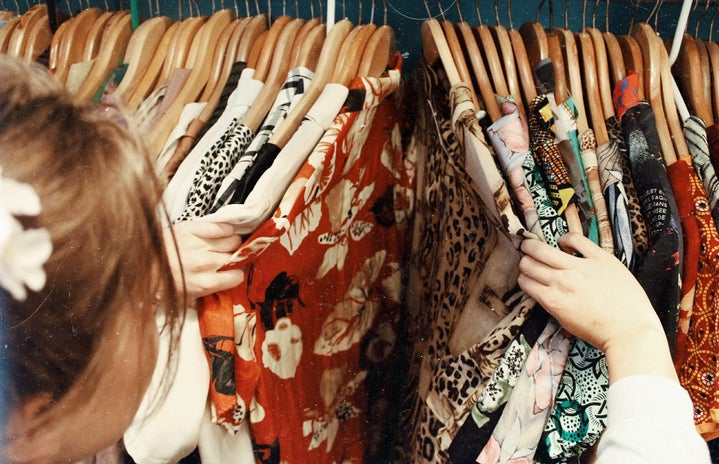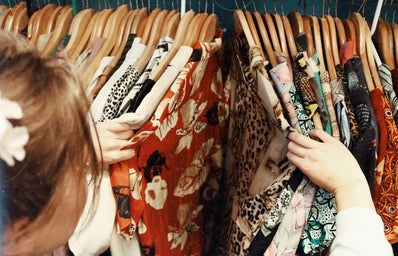For most young people, fashion is one of the most defining characteristics of self-expression. It is not only a way to keep up with our peers and to fit in, but also serves as a method of standing out. In the age of digital media and consumerism, popular apps such as TikTok and Instagram constantly push new fashion trends into the brains of young people. Online fast fashion brands such as Shein or Fashion Nova continue to rise in popularity for keeping up with these clothing “necessities”.
The items that we constitute as fashion often fluctuate in and out of style. Nowadays, trends appear to be becoming more and more brief in their popularity with example items from bright beaded necklaces to graphic-printed jeans to corset tops. Although there’s no issue in self-expression, it is these surges of microtrends falling in and out of the Gen Z mindset that does more harm than good. Gen Z should take a deeper look at whether they also fall victim to this mentality of microtrends.
Essentially, microtrends are temporary and short-lived trends which play out in the consumerist nature of the fashion industry. Mainstream consensus of what constitutes “style” leads to fast-fashion brands such as Fashion Nova, Shein, or Forever 21 to hop onto the bandwagon and push out more clothing manufacturing for items that will quickly become undesirable. The overproduction of temporarily-hot clothing items lead to more than customers can consume, and when these items fall out of the trend, they are left hanging on the racks. This leads to an excessive amount of unsold clothing that ends up being thrown out by stores. Customers who buy these clothes will eventually realize that they are no longer in style and end up throwing them out themselves. Some might try to donate to thrift stores, but this is not as easy a solution as one may think.
Thrift stores cannot handle this much excess of clothes so the solution many businesses take is to throw them out. This excess of fabric and clothing contributes further to our generation’s environmental waste problem of landfill and textile waste.
It’s important to also remember the unethical process that fast-fashion brands take to create their clothes, often through the use of exploiting factory labor from poorer countries. Yes, most brands and stores that we buy from today utilize unethical methods of production by exploiting factory labor, and it is something almost unavoidable unless you have the financial means to buy ethical products. Not everyone will have the privilege to buy clothes ethically, and most people depend on fast fashion as a means of getting their clothes. However, there is a difference between only buying clothes you need once in a while, versus constantly going out to buy items that will quickly wear out or go out of style—only to throw them away in a short amount of time.
There’s also the financial side that results from following microtrends. Clothes already are expensive so for most people, putting money into items that are only recently “trending” is not always a great investment. This money is something that can be directed into other necessities. Clothing is technically a necessity, but even if it’s cheap, any clothes that quickly fall out of style are not worthy investments.
It’s better to give that trendy skirt or pair of shoes a good few months of social media circulation and a whole lot of questioning yourself is is this something you would really wear. How about in six months? Ask yourself these questions before deciding if they are items you still want in your closet.
As more people continue to follow microtrends, fast-fashion continues to rise. This is not only a blow to your wallet, but also results in more unethical manufacturing practices and waste in our environment. It is a waste of space and effort to continue falling for microtrends and overly depending on the images we see online just to fit into a temporary mold. It is a much more ethical and logical move to simply stick with some basic fashion staples rather than blindly follow social media’s take on what you need to wear to fit in or stick out. Work more towards fostering your own sense of fashion instead of buying straight out of what online media tells you to. Take inspiration from what you do have in your closet instead.
Look at some possible resources outside of just online fast-fashion stores! Fast fashion in this era is understandably hard to avoid, but if you have the money, it won’t hurt to look for more sustainable clothing brands. And, of course, we can’t forget thrifting – a familiar activity for most teenagers today. A little extra time and creativity is all we really need to maintain an impressive appearance and wallet, and to take the first step towards eliminating this toxic “microtrend” culture.




